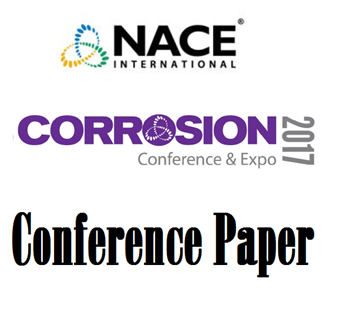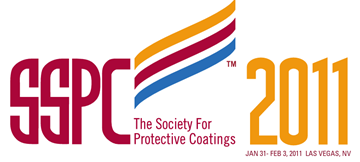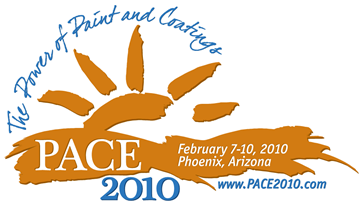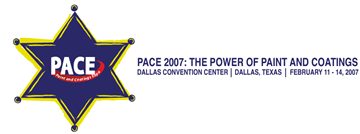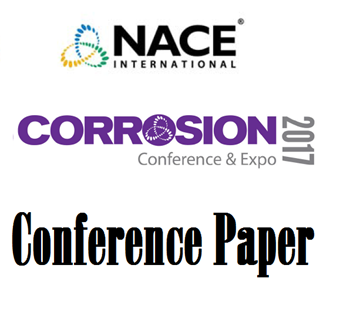Search
Individual Conference Papers
View as
Sort by
Display
per page
Understanding the Influence of Surface Condition on the Fatigue and Corrosion Fatigue Behavior of SLM718
Product Number:
51324-21234-SG
Publication Date:
2024
$40.00
Understanding the Total Cost of a Corrosion Issue in the Oil and Gas Industry
Product Number:
51317--9286-SG
ISBN:
9286 2017 CP
Publication Date:
2017
$20.00
Understanding the True Meaning of Green for the Wastewater Industry
Product Number:
41211-588-SG
Publication Date:
2011
$20.00
Understanding The Usefulness of German Test Method TL 8135-002 For Various Steel Alloys
Product Number:
51323-19169-SG
Publication Date:
2023
$20.00
Understanding Why PREN Alone Can Not be Used to Select Duplex Stainless Steels
Product Number:
51315-6005-SG
ISBN:
6005 2015 CP
Publication Date:
2015
$20.00
Understanding Zinc Rich Primers & Importance of Performance Based Approach Single Coat vs 3 Coat Performance
Product Number:
41210-574-SG
Publication Date:
2010
$20.00
Underwater Ship Hull Coatings Systems in thte Post-TBT ERA
Product Number:
41212-661-SG
Publication Date:
2012
$20.00
Unexpected Consequence of Biocide Addition on Corrosion
Product Number:
51323-19326-SG
Publication Date:
2023
$20.00
Uniform and Localized Corrosion Study of Base Material and Welds of Ni-Cr-Mo (W) Alloys
Product Number:
51317--9406-SG
ISBN:
9406 2017 CP
Publication Date:
2017
$20.00
Uniform Corrosion Characterization of UNS N08935
Product Number:
51323-19294-SG
Publication Date:
2023
$20.00
Unique Application of an Epoxy Repair Gel to Eliminate Draft Tube Surface Wear and Cavitation, potentially Improving Turbine Power Generation Efficiency
Product Number:
41216-976-SG
Publication Date:
2016
$20.00


